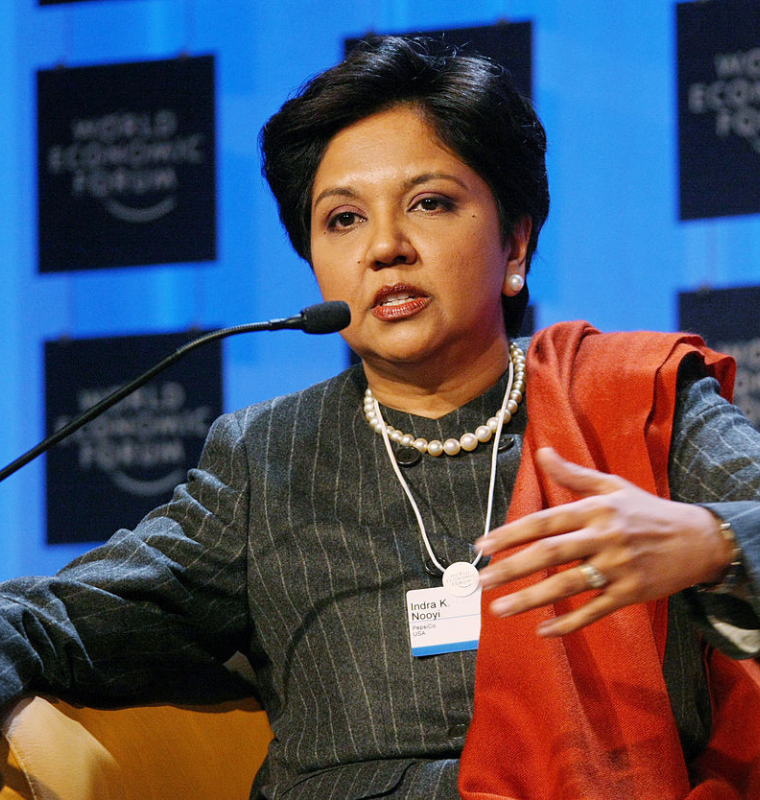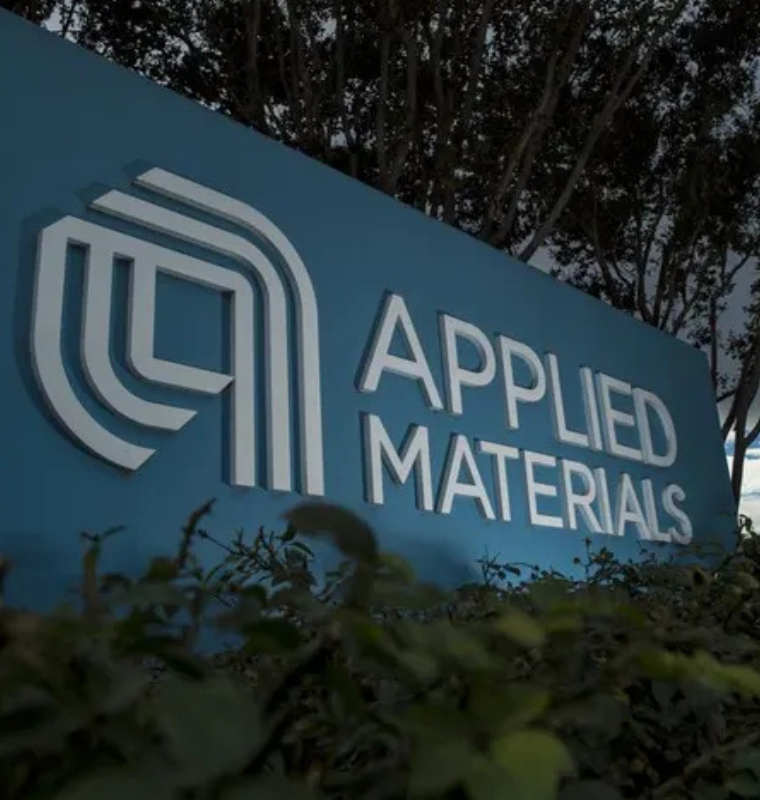America’s Race Against Time: Losing the Rare Earth War to China
America’s Race Against Time: Losing the Rare Earth War to China
By
Junia Wells
Last updated:
June 30, 2025
First Published:
August 3, 2025
.jpeg)
Photo: AP News
A Global Wake-Up Call
The United States is at a critical juncture in the escalating geopolitical battle for control over rare earth elements (REEs) — the vital minerals that power everything from smartphones and electric vehicles to fighter jets and missile systems. In April 2025, China imposed new export controls on seven rare earth elements, reminding the world that the real power lies not just in what nations make — but in the raw materials they control.
These restrictions hit hard. The move spotlighted just how dependent U.S. industries — commercial and defense alike — are on Chinese supply chains. And with China accounting for 70% of rare earth mining and over 90% of refining capacity globally, the balance of power is skewed dangerously eastward.
China’s Strategic Weaponization of Critical Minerals
Beijing’s export control strategy has done more than restrict shipments — it has made clear its ability to weaponize supply chains. The world saw this tactic before: in 2010, China cut off REE exports to Japan during a maritime dispute. Yet the U.S. largely dismissed the warning.
“We’ve known for over 15 years that our supply chains were fragile, but we never treated minerals like geopolitical assets,” said Dewardric McNeal, a global trade policy analyst.
Now, China’s licensing process for rare earth exports demands intrusive data: detailed facility images, end-use disclosures, and production records. Western companies describe the system as “competitive surveillance,” giving China a dangerous information advantage.
The Fragility of the U.S. Response
Following talks in London, a six-month reprieve was announced. China will temporarily resume approving export licenses — but details are scarce. What was traded for this short-term win? And what happens next?
Ford’s recent production halt in Chicago, caused by a magnet shortage, underscores how fragile the system has become. This isn’t a theoretical risk — it’s a real economic and national security threat. As McNeal noted, “Paper agreements do not equal supply chain resilience.”
What the U.S. Has Done — and What’s Missing
Both Republican and Democratic administrations have attempted to address the crisis, with mixed results:
- Trump’s first term identified REEs as critical but avoided placing tariffs on them — acknowledging dependence.
- Biden’s administration enacted Executive Order 14017, launched the Critical Minerals Working Group, and used the Infrastructure Investment and Jobs Act (IIJA) and the Inflation Reduction Act (IRA) to fund long-term solutions.
- Trump’s second term has taken a more aggressive approach with Section 232, Defense Production Act tools, and a proposed FY2026 funding boost. The new National Energy Dominance Council now oversees coordination.
Still, these initiatives haven’t meaningfully eroded China’s lead. The U.S. Mountain Pass site and Round Top project remain bottlenecked by lack of downstream processing. Permitting delays, regulatory hurdles, and lack of bipartisan alignment continue to stall progress.
The Global Stakes and G7’s Call to Action
The recent G7 summit in Canada made rare earths a central theme. European Commission President Ursula von der Leyen accused China of weaponizing key resources, prompting the release of a G7 Critical Minerals Action Plan. The plan focuses on:
- Raising ESG and traceability standards
- Mobilizing capital for new mining projects
- Coordinating on refining, recycling, and substitution technologies
In response, China lashed out, framing the move as “protectionist” and accusing G7 of “confrontation.” Meanwhile, Brussels halted trade talks with Beijing, and tensions with the EU are rising.
China’s Global Rare Earth Dominance in Numbers
- 92% of the world’s NdFeB magnet supply — essential for EVs, drones, and defense — is produced in China.
- Over 90% of refining and processing capacity for rare earths is in China.
- China has built strategic ties with Bolivia, Congo, Chile, and Indonesia, securing access to critical reserves and refining infrastructure.
By contrast, U.S. and EU deals — such as MOUs with Ukraine and Congo — remain largely symbolic, hindered by geopolitical instability and limited investment.
What Must Change: Critical Minerals as Power
The U.S. must now treat critical minerals not as raw commodities, but as strategic assets. China already does.
“This is not just about mining more,” said OCBC Bank’s head of research Tommy Xie. “It’s about building a full, sovereign supply chain — from the mine to the magnet.”
Key actions required:
- Accelerate mine permitting and processing capabilities within the U.S.
- Strengthen partnerships with resource-rich nations — not through lectures, but with real financing, technology transfer, and infrastructure.
- Expand recycling and substitution technologies to reduce primary demand.
- Enforce export security measures that prevent commercial espionage via licensing rules.
- Ensure policy continuity across administrations.
The Clock Is Ticking
The six-month licensing window is not a solution — it’s a stress test. A signal that time is running out for the U.S. to pivot from fragmented responses to a unified national strategy.
China is betting that the U.S. will remain divided — environmentally, politically, and economically. If that’s true, Beijing keeps the upper hand.
But if Washington acts now — with urgency, unity, and vision — there is still a narrow path to reclaiming ground in the rare earth race.
Popular articles
Subscribe to unlock premium content
Indra Nooyi’s Strategic Vision at PepsiCo: Balancing Profitability with Purpose

Nike’s Direct-to-Consumer Revolution: How Cutting Retailers Boosted Profits and Control

Spotifys Playlist Power Turning Music Curation Into An Advertising Goldmine

Indra Nooyi’s Strategic Vision at PepsiCo: Balancing Profitability with Purpose

Nike’s Direct-to-Consumer Revolution: How Cutting Retailers Boosted Profits and Control

Indra Nooyi’s Strategic Vision at PepsiCo: Balancing Profitability with Purpose









